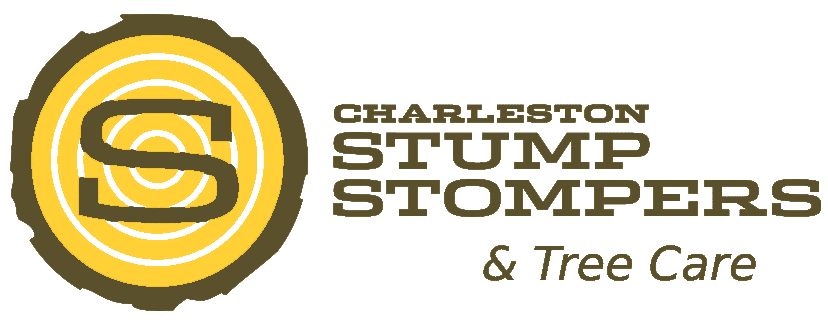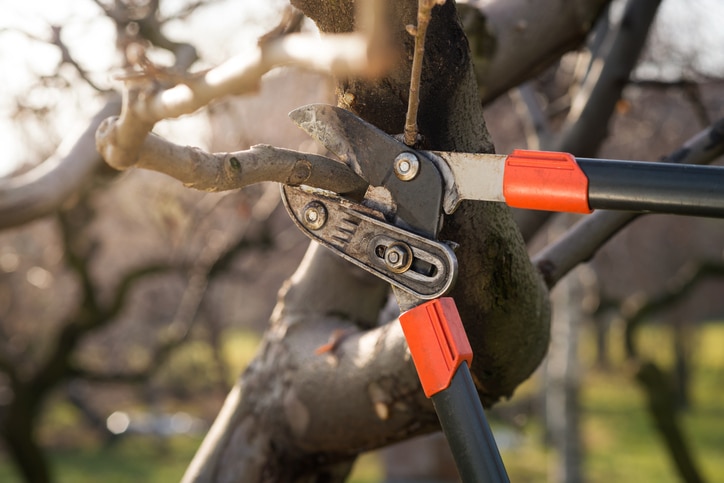Maintaining the health and aesthetics of your trees involves proper care, and tree trimming is a vital aspect of this process. However, many homeowners unknowingly make common mistakes that can harm their trees rather than enhance their well-being. Here are four prevalent tree trimming mistakes and some strategies to avoid them.
1. Over-Pruning
One of the most common mistakes is over-pruning, removing more foliage than necessary. Excessive pruning can stress the tree, leading to reduced energy production and weakened defenses against diseases and pests. To avoid over-pruning, focus on removing only dead or damaged branches and maintaining the tree’s natural shape. A good rule of thumb is to trim no more than 20% of the tree’s crown in a single season.
2. Trimming During the Wrong Season
Timing is crucial when it comes to tree trimming. Trimming at the wrong time of the year can expose your tree to unnecessary stress. For most tree species, late winter or early spring is the ideal time for trimming, as it promotes healthy growth. When you trim during the spring or summer, the tree’s active growing season, you can inadvertently cause it to divert its energy from growth to recovery. Doing this can also lower the tree’s defenses against diseases that are active during this season. On the other hand, trimming during the dormant season minimizes the risk of diseases and conserves ample energy reserves for regrowth in the spring.
3. Poor Cutting Technique
Using incorrect cutting techniques or tools can lead to wounds that are slow to heal. Removing too much bark can also expose the tree to infectious diseases. Topping, or cutting off the upper portion of a tree, is a common strategy to reduce height. However, cutting off the top of the tree might trigger the rapid growth of thin, weak branches to compensate for the loss. This can be unattractive and hazardous if the branches have a weak attachment to the rest of the tree. Instead of trimming your tree from the top, focus on making clean cuts just outside the branch collar, which is the swollen area where the branch meets the tree.
4. Ignoring Symptoms of Disease
Trimming should be tailored to the specific needs of each tree. Trimming your tree while ignoring signs of poor health, such as wilting leaves, discoloration, or the presence of pests, can worsen existing problems. Before pruning, assess the overall health of the tree and address any underlying issues. A professional arborist can provide helpful guidance.
Play It Safe — Hire a Pro
Hiring a professional tree service brings expertise to the process, ensuring precise trimming without compromising the tree’s health or structural integrity. A trained professional can assess your tree’s health, recommend tailored trimming, and highlight potential issues, promoting robust growth and minimizing the risk of diseases. For professional tree trimming services in the Charleston, SC area, contact the friendly experts at Charleston Stump Stompers.

